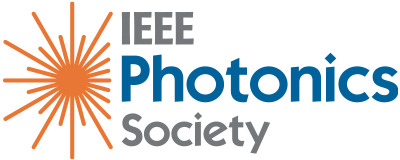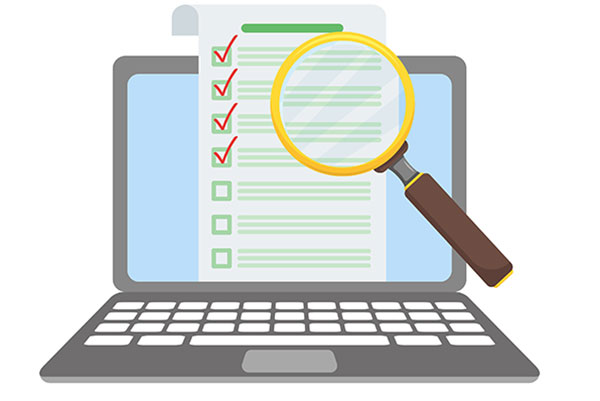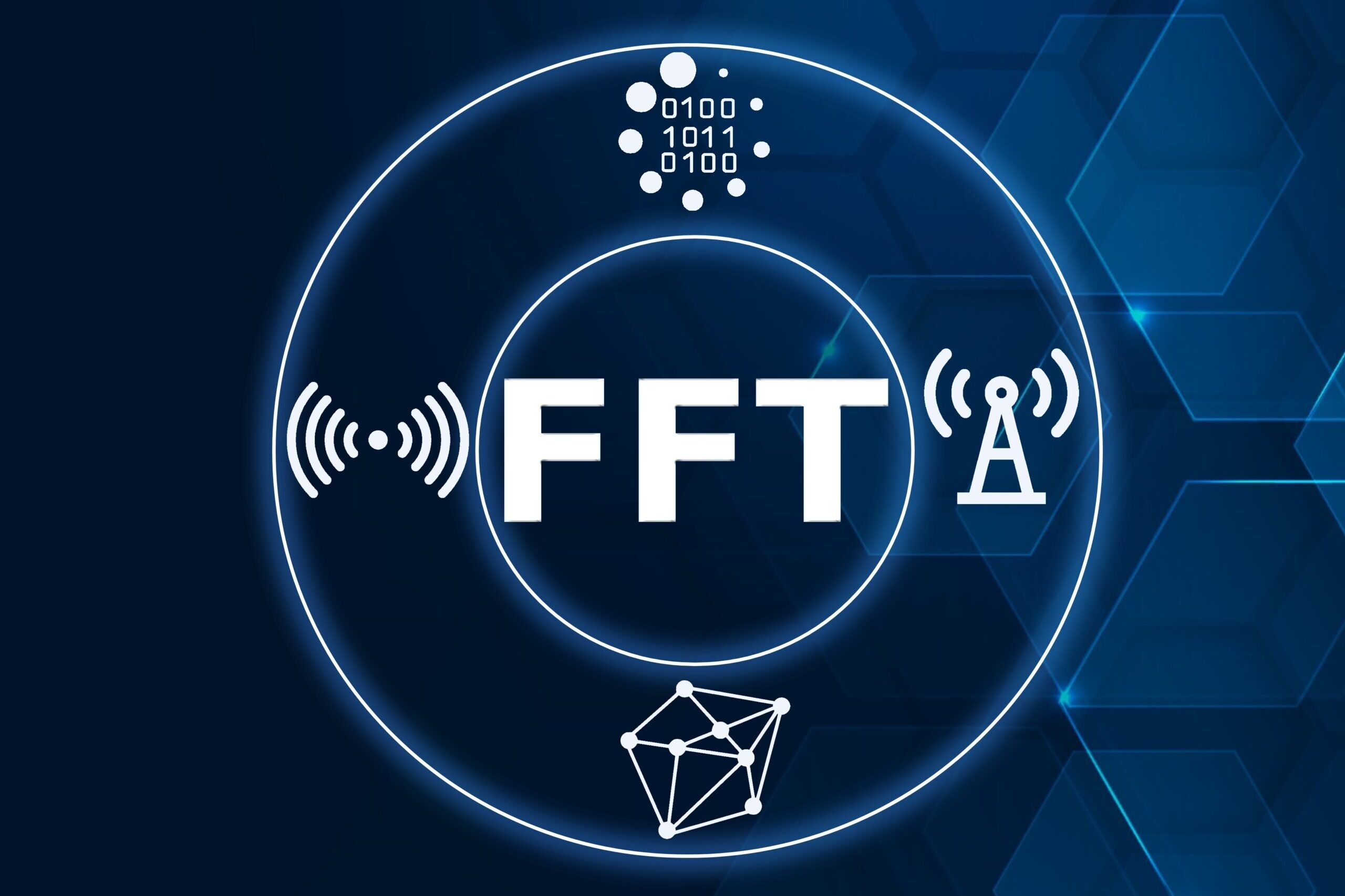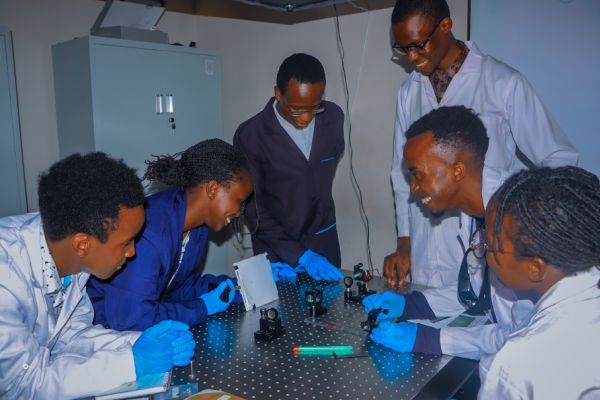The organization understands that IEEE editors are our best defense against citation manipulation.
Below is background information as featured in the Editors@IEEE monthly guide.
According to principles of scholarly publishing, authors should cite all relevant work, while reviewers and editors should assist them in doing so by suggesting the addition of citations to relevant work and suggesting the removal of references that are irrelevant. Unfortunately, citation manipulation—the inclusion, or the request to include, irrelevant references in an article with the purpose of inflating bibliometric indicators—is becoming more common. It is a serious breach of publishing ethics that can take several forms. An author citing one or more of their own previous publications that are irrelevant to the current submission, a reviewer requesting the addition of irrelevant references during peer review, and an editor requiring unnecessary citations to the journal are all examples of citation manipulation. This article explores how IEEE editors can help prevent citation manipulation during peer review.
The editor who manages the peer review process of a particular article is the publication’s best defense against citation manipulation during peer review. This editor is responsible for carefully reading all reviews received for the article (including any files uploaded by the reviewer) and identifying any reviews that request additional citations to specific articles. Spotting requests for additional citations is fairly straightforward if the reviewer provides full reference information for the suggested articles. However, some reviewers provide only minimal information when suggesting an additional reference. For example, the reviewer might ask the author to “discuss the following” and then list just the titles of several articles. This approach can be difficult to spot because it can easily blend in with a larger paragraph of text, especially if typical typographic indicators such as quotation marks or initial capitalization are absent.
After noticing that a review requests additional references, the editor determines whether the suggested references are relevant for the article under review. It’s important to note that some suggestions to add references, even if those references were authored by the reviewer, may be appropriate and beneficial; using his or her best judgment, the editor determines whether the suggestion is appropriate. The Editor-in-Chief should be notified promptly of any instances of citation manipulation so that they can seek an explanation from the reviewer and determine if additional measures, such as a broader investigation or a written warning to the reviewer, are warranted.
Reviews containing citation manipulation need to be handled carefully in the decision letter. IEEE guidelines require that such reviews are shared with the author in the decision letter; however, the editor finalizing the decision must explain to the author what is required, and what is not, regarding the inclusion of additional citations.
Editors must be equally careful to differentiate between suggestions and requirements in their own comments to authors. In order to avoid the appearance of citation manipulation, IEEE recommends that editors avoid requiring the addition of specific references, especially if those references are authored by the editor and/or published in the journal, unless they are of clear importance for a full understanding of the article. The addition of any reference must be clearly justified.





